Murals are one of the earliest forms of public art. Whether we are talking about the cave paintings of Lascaux in France or the more modern works of Shepard Fairey, these works make a lasting mark. Murals can serve many purposes; they can educate, make a political statement, or they can simply present a visually appealing theme. Whatever their purpose, they often have the effect of bringing together their surrounding communities.
Some of the most recognizable and famous murals can be found on the ceiling of the Sistine Chapel in Rome, Italy. This enormous work, featuring figures and scenes drawn from the Old Testament, was commissioned by Pope Julius II and painted by Michelangelo between 1508 and 1512. The project was a monumental undertaking and the fact that it remains intact today is a testament to Michelangelo’s mastery.
Frida Kahlo’s husband, Diego Rivera, himself an admirer of Renaissance frescoes, was another master of the mural and was involved in the Mexican muralist movement beginning in the 1920s. Much of his subject matter depicted Rivera’s radical political views and created controversy at the time, yet he was revered as a talented and established artist and had great influence on future generations.
Across the United States, many cities are known for their community art programs. Many of these programs center on the planning and creation of murals. Philadelphia is home to some of the most vibrant examples of this art form. The Philadelphia Mural Arts program is one of the largest such organizations in the country and serves as a model for other cities.
Whether they inspire religious faith, philosophical dissent, or urban improvement, murals have long been a way for artists to take their work outside the confines of a frame hanging in a private gallery and bring it into public spaces. Here they can make not only our neighborhoods, but also our lives, a little more beautiful. Tell us about murals or public art in your city!
Brian Sylvester is a guest blogger on WallSpin, and an artist on Zatista.


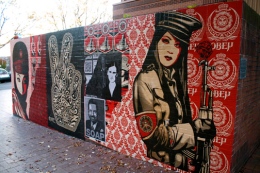
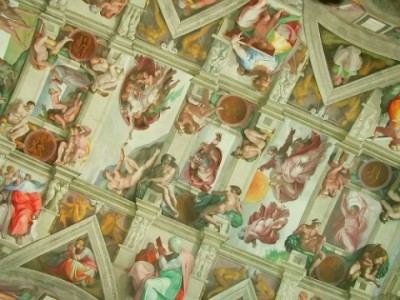
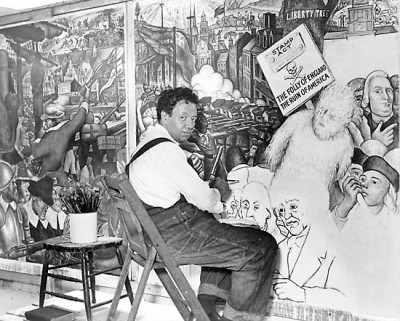
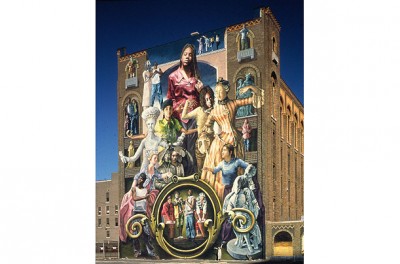
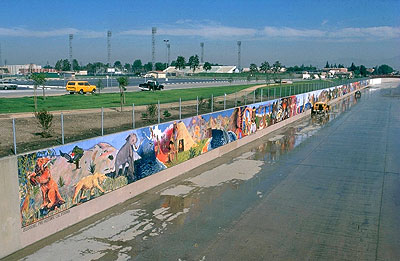
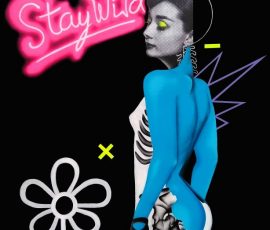
I’ve been working with the mural in Boston for about 8 years now, and it’s great to see how even putting primer on a wall can change people’s perception of a space.
It’s amazing how a neighborhood can really take to it and become a part of the mural.